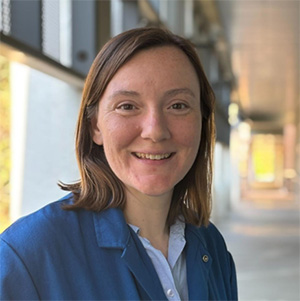
Erin Horkan
Program: Master’s Program in Cell and Molecular Biology
Date: Monday, December 1, 2025
Time: 3:00 pm
Location: Donald P. Shiley BioScience Center Gold Auditorium
Zoom: https://SDSU.zoom.us/j/86004921363
Committee Members
- Dr. Catherine Schrankel (Chair), Biology
- Dr. Robert Luallen, Biology
- Dr. Stephen Schellenberg, Earth & Envi. Sciences
Abstract
Searching for Causative Agents of Black Spot Disease in two Sea Urchin Species, Lytechinus pictus, and Strogylocentrotus purpuratus
Black Spot Disease (BSD) is a general term for a wasting disease observed in many sea urchin species globally. Urchins with BSD have small lesions that cause localized spine loss and can grow to cover large portions of the body. Urchins die when the disease progresses to a point when a hole forms in the test (inner skeleton).
Lytechinus pictus and Strongylocentrotus purpuratus are two species of sea urchin native to San Diego. Both species are susceptible to BSD, with records of the disease both in nature and in the laboratory. However, the microbes and mechanisms that drive disease in both urchins have not been described in detail, although more has been explored in L. pictus.
To investigate whether the cause of BSD in both species of sea urchin can be attributed to the same microbe, several methods were used. First, disease progression and microbial composition of lesion tissue was assessed using microscopy.
Although no common eukaryotic microbe was identified, an enrichment of rod-shaped bacteria was found within all lesions from both urchin species. Next, swabs of lesioned and healthy tissue were streaked onto agar plates to isolate culturable bacterial species present. In parallel, tissue samples were sent for metagenomic sequencing, which indicated a dysbiosis within BSD lesions compared to healthy tissue attributed to microbes from a variety of taxa including bacteria, and viruses.

